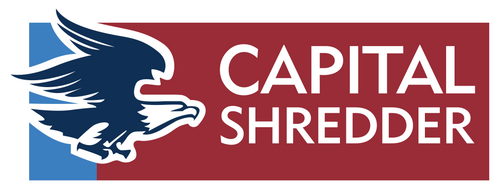A sluggish paper shredder disrupts workflows and compromises security. When your shredder takes longer than usual to process papers, it’s frustrating and inefficient. Understanding why your paper shredder is so slow helps you identify the problem and restore normal operation quickly.
Paper Jams
Paper jams are one of the most common reasons shredders slow down. Even partial jams strain the motor and reduce cutting speed.
Turn off and unplug your shredder before inspecting the feed opening for stuck paper fragments. Remove any visible debris carefully, then test the machine with a single sheet to see if its performance improves.
Dirty Cutting Blades
It’s inevitable that paper dust, adhesive residue, and debris will accumulate on the blades. The buildup creates friction that forces the motor to work harder.
Use compressed air to blow out dust from the cutting mechanism. For stubborn residue, apply shredder oil or lubricant. Consistent cleaning prevents slowdowns and extends the life of the equipment.
An Overloaded Shredder
Feeding too many sheets at once overwhelms the cutting mechanism. Most shredders have a maximum sheet capacity listed in their specifications. Exceeding this limit causes
- Diminished cutting speed.
- Increased motor strain.
- A high risk of paper jams.
- Premature wear on components.
Stick to the recommended sheet count per pass. If you regularly handle high volumes, consider upgrading to a heavy-duty model.
Worn Motor and Belt
Mechanical wear affects shredder performance over time. A worn drive belt can slip during operation and cause the blades to turn slowly.
Listen for unusual sounds, like grinding or squealing, that indicate motor strain or belt complications. Contact a technician or consult your warranty information before attempting repairs on your own.
Overheating
Continuous operation generates heat that triggers thermal protection features. When a shredder overheats, it automatically slows down or shuts off temporarily.
Let the machine rest for 20 to 30 minutes between extended shredding sessions. A cooling period protects internal components, so the machine maintains an efficient shredding speed.
High Document Volume
Your paper shredder might be incredibly slow because you’re feeding the machine documents in bulk. Standard office shredders handle moderate daily use effectively. However, operations processing sensitive information in high volumes need equipment designed for continuous duty. Evaluate your shredding frequency and volume to determine if your current model meets your demands.
Upgrade to Commercial-Grade Equipment
When troubleshooting doesn’t resolve speed issues, your shredder may have reached the end of its service life. Older units lack the power and efficiency of modern machines designed for demanding environments.
Capital Shredder offers large document shredders engineered for professional environments that prioritize security and efficiency. Contact us today to explore commercial-grade solutions that match your document destruction needs.


